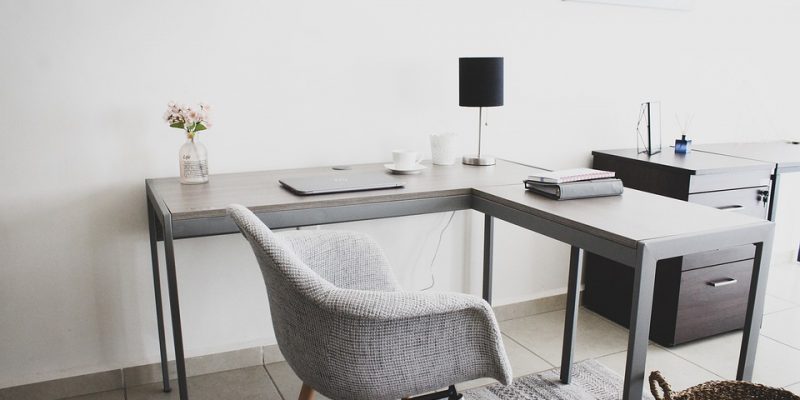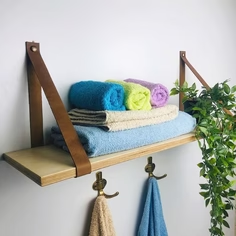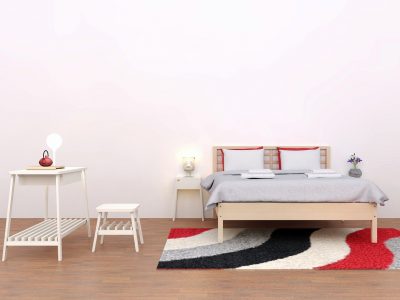Moving while keeping furniture safe is a delicate balancing act. Larger pieces like dressers and desks can easily get damaged during the move, costing you hundreds to thousands of dollars in replacements.
While it may happen even to the most prepared individual, there are ways to minimize these cases from happening and having the move go smoothly.
Here are 8 tips to protect your furniture when moving:
1. Hire removalists
If you feel like moving big items is too much work on your own (and we don’t blame you!), consider hiring a team of furniture removalists to do the physical work instead. You can use sites like Muval to find local, and professional removalists. Once you find a team that best suits your needs, they will do all the heavy lifting to take your furniture from Point A to Point B.
You can also hire them if you have larger pieces that are particularly difficult to wrap like couches, sofas, footstools, or tables. This can decrease the headache and backache from moving large items and allows you to put your complete focus on other tasks instead, such as calling utility companies, finalizing your job setup, and updating addresses.
2. Find or buy wrapping supplies
It’s more than worth it to take a trip down the store and pick up a few rolls of packing tape or bubble wrap. These packaging items will help keep your valuable furniture pieces from scratching or getting damaged in transit.
Extra tip: Know which furniture you’re planning to bring along beforehand. This is to ensure you don’t overspend or underspend for packing material, which can be a source of clutter or a headache whichever way you go.
However, if you had to choose, it’s best to prepare more than less. Double-layering or even triple-layering the bubble wrap combined with a sturdy shipping box can be a highly effective safeguard against impact.
3. Wrap all sides
Try to be mindful of the fact that your furniture pieces are very likely going to get bumped and scraped along the way. In an effort to prevent them from getting damaged, you should wrap all four sides in addition to the top and bottom.
Here’s how you do it:
- First, put the item in the box sideways.
- Second, fold down one side of your bubble wrap and tape it down with some packing tape on top of the furniture.
- Third, repeat for all four sides
- Lastly, seal the box for shipping
Once done, hand the package to the removalists or pack it in your truck for transit.
4. Protect electronics with cases and padding
If you have any televisions, sound systems, or computers to take along during your move, spend a little bit more to purchase appropriate containers for them. Keep the boxes waterproof to help keep them safe from spills or rainfall in transit.
The last thing you’d want is for your thousand-dollar device to get short-circuited by a little bit of liquid, so make sure it’s properly protected for nothing to seep through.
Extra tip: If you’re using a cardboard box, make sure it can fit the item snugly so that there is little room for movement within the pack. Packing peanuts and bubble wrap are some of your best friends here. You can also place a layer of padding on the bottom if possible to help keep things from getting jostled around.
5. Grab boxes from the hardware store
While you can recycle the boxes your old furniture came in, they’re often not sturdy enough for a move. More often than not, these boxes are also already in landfills.
Try asking any nearby stores if they have any empty shipping boxes. As an extra measure, you may even consider heading down to the nearby hardware store where to find solid and reinforced moving boxes for sale.
Some may even be generous enough to give recyclable cardboard boxes for free— which can be incredibly useful for stacking up all of your large furniture items.
6. Use blankets and sheets as an alternative packaging
Pressed for time to go down the store? If you are concerned about scratches, cracks, or other damages on your dressers, desks, or other similarly-sized pieces, start with a good blanket protected by a layer or two of bubble wrap.
This will help protect your furniture from getting bumped around and keep it relatively scratch-free at the same time.
7. Mark your boxes
Mark all the boxes you’ll be using clearly with words such as “Dishes” or “Glassware”. This will help give you and the removalists foresight on what’s packaged inside the boxes, allowing them to act and deal with the packages accordingly.
In addition, unpacking becomes much more efficient when you know exactly where things belong from the get-go. This will save you and your removalists time!
8. Use a checklist during packing
A checklist will prevent you from forgetting any important items or details, such as making sure that all your appliances are packed, calling your removalists, and buying new furniture. Moreover, a checklist gives you a rough schedule to keep you accountable for doing things you may have overlooked—like buying packaging tape or getting boxes from the store. This can save you from stressing out and feeling overwhelmed in the last days leading up to the move.




















